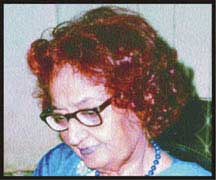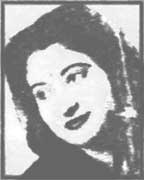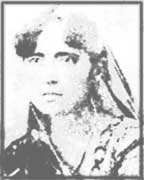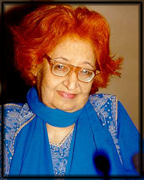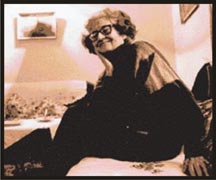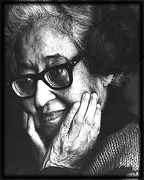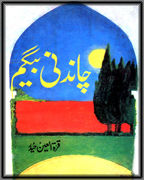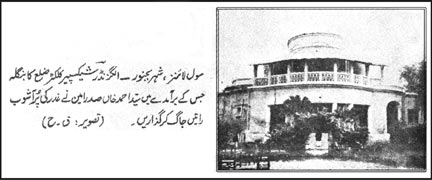Celebrated and prolific Urdu novelist, short story writer, translator, biographer and researcher Qurratulain Hyder, 81+, died on Tuesday 21st August 2007 following complications from an old breathing problem. She was laid rest at Jamia Millia Islamia cemetery in Delhi, where she used to teach Urdu literature as professor of the Khan Abdul Ghaffar Khan Chair.
“I don’t have a great mission in life and I
never thought it was necessary for a writer to have one,” she said in an
interview to Doordarshan.
For the last several years, Ms Hyder had lived in a small flat she bought in
Noida, a suburb of New Delhi, with her maid Mary. She enjoyed having
visitors, but appeared mildly depressed after suffering a stroke three years
ago that left her writing hand paralysed. But she continued to dictate her
memoirs to a few helpful former students. This effort also ended three weeks
ago when she was hospitalised for her breathing problem. Ms Hyder was born
on 20th January,1926 in Aligarh, Uttar Pradesh. Popularly known as “Annie”
among her family and friends, she also carried nick name "Pom Pom Darling".
She was the daughter of the famous writer, Sajjad Haidar Yaldram (1880-1943). Her mother, Nazr Zahra (1894-1967) was also a writer. Ms. Hyder did her MA (English) from Lucknow University in 1947. She also studied in Government School of Arts, Lucknow. She went to England and studied in Headmaze School of Arts, London. During her stay in London she worked as a reporter with "Fleet Street". She also worked as a broad caster and performed on stage as well.
Ms Hyder migrated to Pakistan after partition, but returned to India in 1961. While she was in Pakistan, she served Ministry of Information, Department of Advertisement, Films and Publications. She represented Pakistan as Press Attaché in Pakistan High Commission, London, served PIA as Information Officer (1955 - 56). She was the first Information Officer of PIA. She was not sent on the inauguration flight of PIA (Karachi - London) despite extensive work for promotion of PIA. Instead, somebody else was sent who was relative of a senior bureaucrat and was appointed just before the inauguration flight as second information officer. Remained writer and producer of documentaries of Ministry of Information and edited "Pakistan Quarterly" as well. During her stay in Pakistan she made a number of documentaries for PID and traveled extensively both in West Pakistan and East Pakistan (Present Bangladesh).
She began writing at the age of twelve. Her first story was published in "Phool" (a children magazine), Lahore in 1938. She started her literary career with writing short stories but turned to novel writing later on.
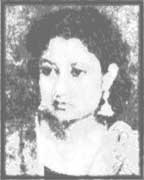
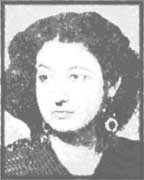
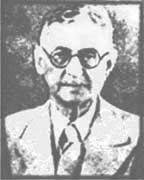
Critics, including those belonging to the
Progressive Writers’ Association, a group she never cared to indulge, never
endorsed her romance with the jagirdari (feudal) order, and her apparent
empathy with a new Muslim elite who studied abroad and joined the colonial
civil services. Her legendary contemporary, Ismat Chughtai, was one such
unsparing critic. Krishan Chander also did not acknowledge her work. His
comment on "Meray Bhee Sanam Khanay" was: "There is nothing but narration of
parties in it." Ahmed Nadeem Qasmi also criticized her work negatively
in the beginning but change his stance when he wrote flap of "Sitaron Sey
Aagey" in 1979. However, writers like Noon Meem Rashid praised her work soon after Aag Ka Darya was
published. He wrote: "Aag Ka Darya" which was completed in December 1957
and
has been publish ten, fifteen days back shall get immense importance in Urdu
novel writing", and it proved so. Ms Hyder explained and perhaps accepted the criticism
without rancor. For example, in a recent book dedicated to Ismat Chughtai,
with contributors reading like a who’s who of modern Urdu writing — Faiz
Ahmad Faiz, Saadat Hasan Manto and Krishan Chander, Qurratulain Hyder summed
her up very well as “Lady Chengez Khan, because in the battlefield of Urdu
literature she was a Chughtai — an equestrian and an archer who never missed
the mark”. Ms Hyder, of course, wrote so from experience. Ismat had used her
for target practice in an essay entitled “Pom Pom Darling”.
Ms Hyder wrote a dozen novels and novellas, several
collections of short stories and has done a significant amount of
translation of classics. She also discovered a novel "Nashtar" of Hasan Shah
which was written in 1790. Hasan was a junior official of East India
Company. She translated this novel in English as "Dancing Girl (Nautch
Girl)" and
published it in late 1990's by saying that it was the first South Asian
novel in a modern sense. Hasan Shah's novel was translated in 1890 prior to "Umrao
Jan". Some critics do not agree with Ms. Hyder that Hasan Shah's novel was
the first novel of South Asia.
Aag Ka Darya (River of Fire), her magnum opus and an archi-type, is
considered a landmark novel that explored the vast sweep of time and
history. The story of Gautam Nilambar, a student who travels the country at
the time when Buddhist ideas were sweeping through the sub-continent is
revered as a masterpiece in India and Pakistan alike. The magnificent
description, the vast continuum of time and the canvas of the novel won
international acclaim for Ms Hyder. Champa Ahmed of this novel is perhaps
Ms. Hyder herself.
She received India’s highest literary award, the Jnanpith Award, in 1989 for
her novel, Aakhir-i-Shab ke Hamsafar (Travellers Unto the Night). Other
awards included the Sahitya Akademi Award, in 1967, Soviet Nehru Award for
translations, 1969, Ghalib Award, 1985, Iqbal Samaan Award, 1987, Padma Shri
and Padma Bhushan by the Government of India for her outstanding
contribution to Urdu literature.
She served as a visiting faculty at many universities of USA such as California,
Chicago, Wisconsin and Arizona. She was managing editor of the magazine,
"Imprint", Mumbai (1964-68), and a member of the editorial staff of the
"Illustrated Weekly of India" (1968-75).
Her books are more than fifty and include Patjhar ki Awaz (‘The Voice of Autumn’, 1965); Roushni ki Raftar (‘The Speed of Light’, 1982); the short novel Chae ke Bagh (‘Tea Plantations’, 1965); and the family chronicle, Kare Jahan Daraz Hai (‘The Work of the World Goes on’). Jahan-e-Deegar, Gardish Rang-e-Chamman, Seeta Haran, Mere Bhi Sanam Khane. She also wrote biography of Ustad Baday Ghulam Ali Khan. She also wrote a lot for children. Ms. Haider was a good painter as well and she designs titles of many of her own books. She was a good photographer too. She successfully touches the ground of high modernism and post-modernism. Time is the major theme of her works but her concept of time is purely cultural and historical.
Today when division of
progressive and non progressive writes is almost over, Ms. Hyder's work is
looked in a very different prospective as she said herself in the beginning
of "Kare Jehan Daraz Hai" that children of 21st Century shall look
differently at history and definitely in a better manner.
In her passing Urdu literature, has lost a towering literary figure. She
will be truly missed in literary circles.

